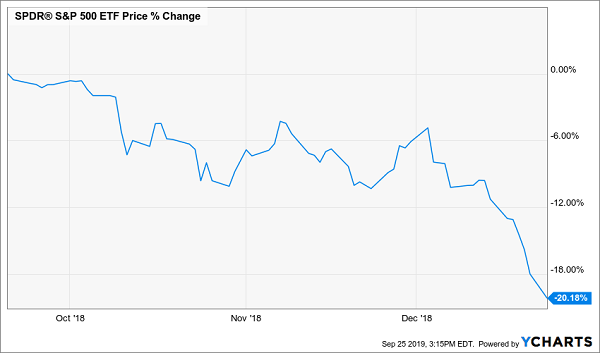Americans are blessed with a source of high passive income that is entirely tax free. Thanks to long-standing legislation designed to encourage more investment in our communities, municipal bonds give tax-free income to most people, and since you can get these “munis” in a fund that pays out 4.7% dividends, getting a really high income stream without the tax burdens has gotten really easy.
But not everyone is celebrating.
A lot of fears about muni bonds have blanketed the financial press over the last few years, in no small part because muni bonds, with their low volatility and steady income streams, tend to appeal to investors who want to avoid risky assets the most.… Read more



Recent Comments